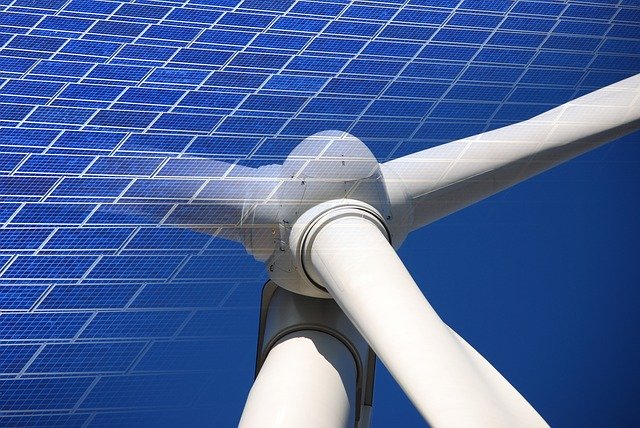
Renewables on course to generate almost half of global electricity by 2030
London, October 09, 2024, (Oilandgaspress) ––– With solar leading their rapid deployment, renewables are on course to meet almost half of global electricity demand by the end of this decade, new IEA report says
Due to supportive policies and favourable economics, the world’s renewable power capacity is expected to surge over the rest of this decade, with global additions on course to roughly equal the current power capacity of China, the European Union, India and the United States combined, according to a new IEA report out today.
The Renewables 2024 report, the IEA’s flagship annual publication on the sector, finds that the world is set to add more than 5 500 gigawatts (GW) of new renewable energy capacity between 2024 and 2030 – almost three times the increase seen between 2017 and 2023.

According to the report, China is set to account for almost 60% of all renewable capacity installed worldwide between now and 2030, based on current market trends and today’s policy settings by governments. That would make China home to almost half of the world’s total renewable power capacity by the end of this decade, up from a share of a third in 2010. While China is adding the biggest volumes of renewables, India is growing at the fastest rate among major economies.
In terms of technologies, solar PV alone is forecast to account for a massive 80% of the growth in global renewable capacity between now and 2030 – the result of the construction of new large solar power plants as well as an increase in rooftop solar installations by companies and households. And despite ongoing challenges, the wind sector is also poised for a recovery, with the rate of expansion doubling between 2024 and 2030, compared with the period between 2017 and 2023. Already, wind and solar PV are the cheapest options to add new electricity generation in almost every country.
As a result of these trends, nearly 70 countries that collectively account for 80% of global renewable power capacity are poised to reach or surpass their current renewable ambitions for 2030. The growth is not fully in line with the goal set by nearly 200 governments at the COP28 climate change conference in December 2023 to triple the world’s renewable capacity this decade – the report forecasts global capacity will reach 2.7 times its 2022 level by 2030. But IEA analysis indicates that fully meeting the tripling target is entirely possible if governments take near-term opportunities for action. This includes outlining bold plans in the next round of Nationally Determined Contributions under the Paris Agreement due next year, and bolstering international cooperation on bringing down high financing costs in emerging and developing economies, which are restraining renewables’ growth in high-potential regions such as Africa and Southeast Asia.
Information Source: Read More
Oil and gas press covers, Energy Monitor, Climate, Renewable, Wind, Biomass, Sustainability, Oil Price, LPG, Solar, Marine, Aviation, Fuel, Hydrogen, Electric ,EV, Gas,

